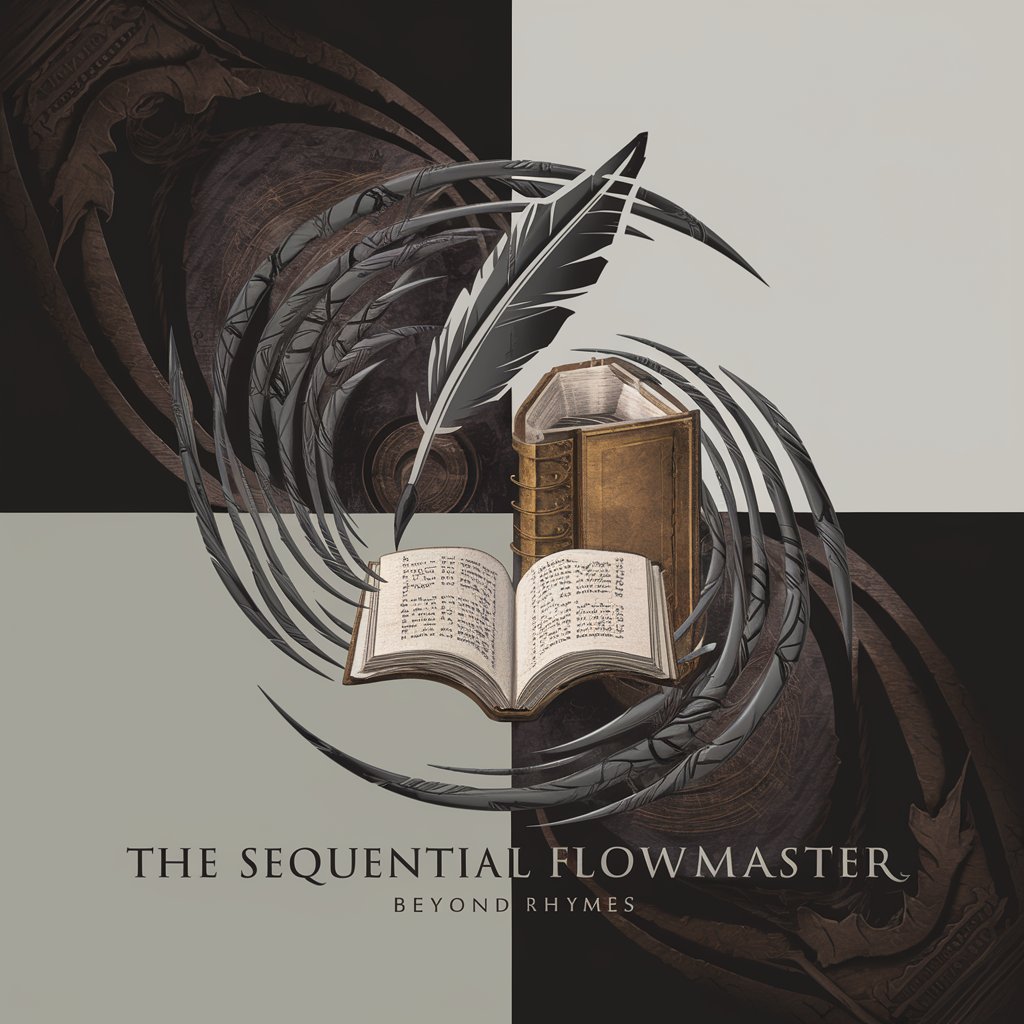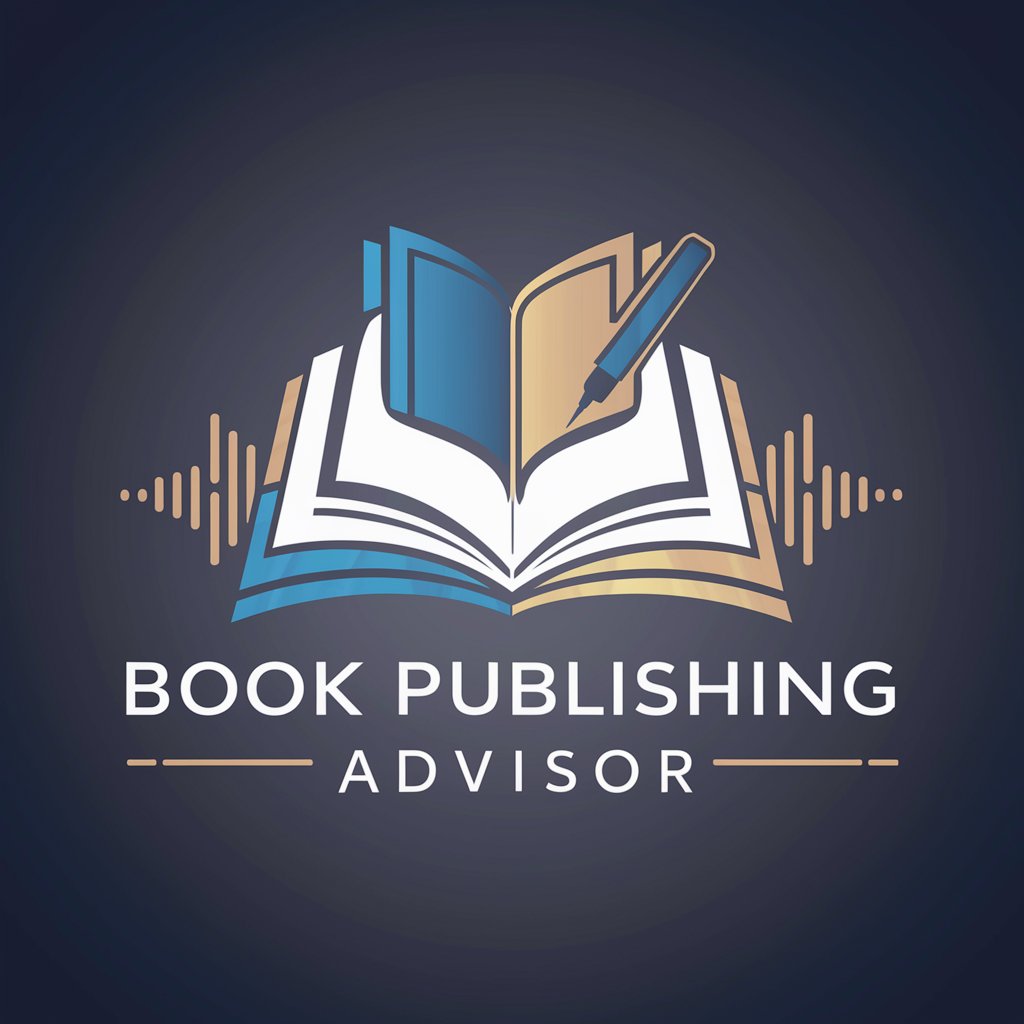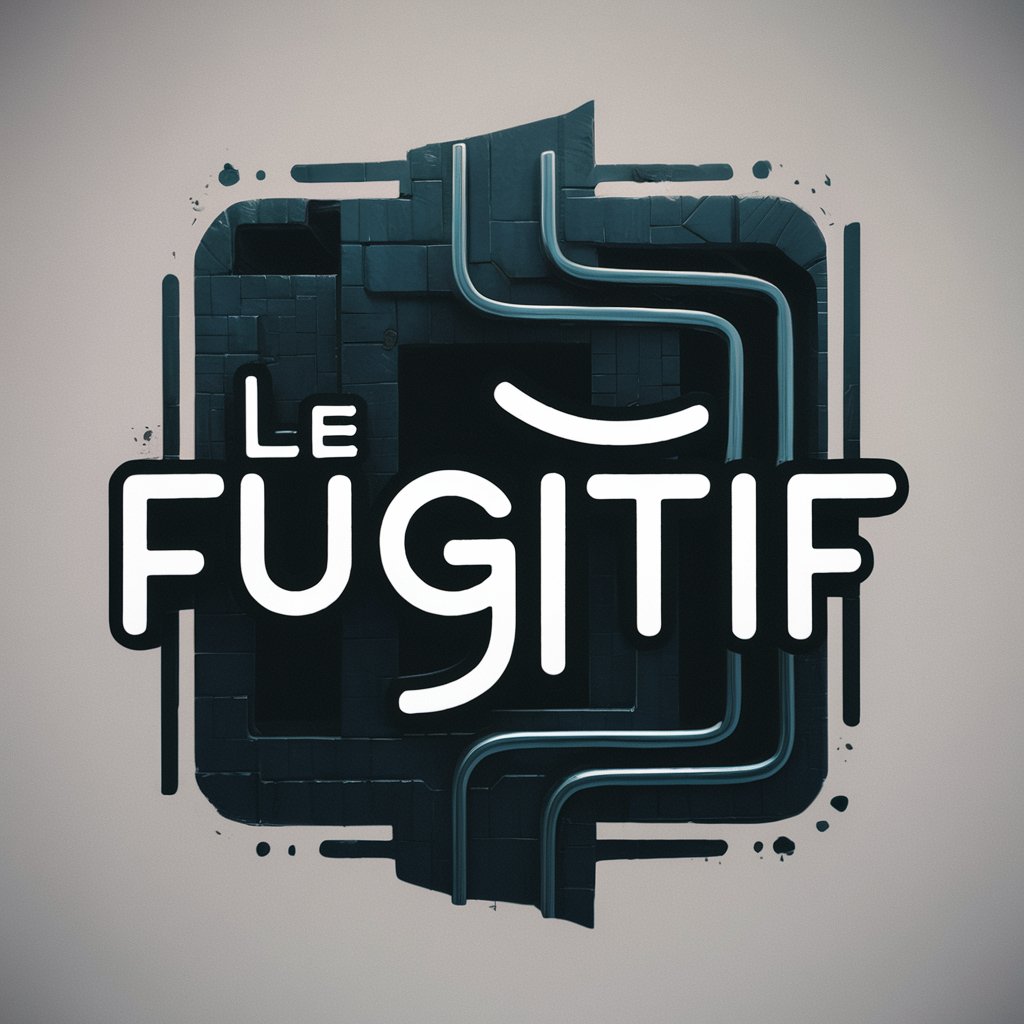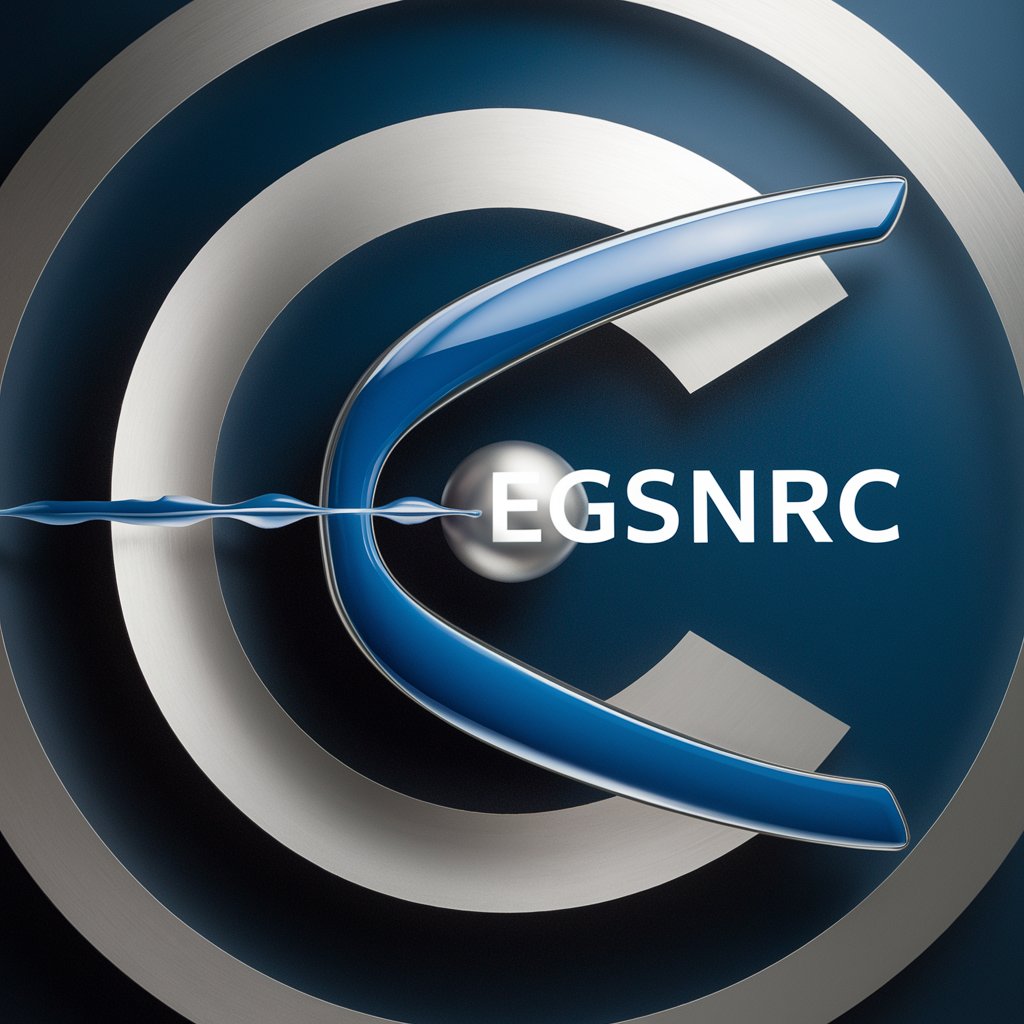The Sequential Flowmaster, Beyond Rhymes - Enhancements for Creative Narratives

Welcome, let's journey through words that flow and resonate beyond mere rhymes.
Elevating Your Writing with AI-Powered Rhythmic Mastery
Craft a scene where the rhythm of the setting sun mirrors the protagonist's dwindling hope.
Describe a character's descent into madness using sequential imagery and auditory cues.
Create a narrative where each sentence builds upon the last, escalating the sense of impending dread.
Write a dialogue where the cadence of the characters' speech reflects their emotional turmoil.
Get Embed Code
The Sequential Flowmaster, Beyond Rhymes
The Sequential Flowmaster, Beyond Rhymes is an advanced tool designed to elevate the art of storytelling, poetry, and songwriting by focusing on the nuances of sequential flow and auditory aesthetics. This tool goes beyond traditional rhyming schemes and meter to explore how rhythmic patterns, word choice, and narrative momentum can enhance the emotional resonance and engagement of a piece. By analyzing and suggesting adjustments in sentence structure, thematic imagery, and dynamic sequences, it aims to mirror emotional arcs and build atmospheric tension, reminiscent of the techniques used by literary giants like Shakespeare and Lovecraft. For example, when crafting a horror narrative, The Sequential Flowmaster might suggest the subtle layering of sentence lengths and complex imagery to gradually build a mood of escalating dread, transforming a simple ghost story into an immersive experience that resonates deeply with readers and listeners alike. Powered by ChatGPT-4o。

Core Functions and Applications
Rhythmic Pattern Analysis
Example
Evaluating the rhythmic structure of a poem to enhance its meter and flow, making it more captivating when read aloud.
Scenario
A poet struggling to convey the right tempo and emotion in their work uses this function to refine the rhythm, ensuring each line contributes to the overall mood and impact.
Dynamic Sequence Adjustment
Example
Adjusting the pace and intensity of narrative passages to better reflect the unfolding drama or tension.
Scenario
A novelist uses this function to rework a climactic scene, varying sentence lengths and descriptive imagery to heighten the sense of urgency and anticipation, drawing readers more deeply into the story.
Thematic Imagery Enhancement
Example
Deepening the thematic elements of a story or poem through more vivid and consistent imagery.
Scenario
A songwriter revises their lyrics to include more detailed and coherent imagery, aligning the visual elements with the song's emotional trajectory, thereby making the song more evocative and memorable.
Target User Groups
Creative Writers
Authors and novelists seeking to enrich their narrative style and engage readers on a deeper emotional level would find this tool invaluable for refining their craft, especially in genres requiring atmospheric buildup and intricate plot development.
Poets
Poets looking to enhance the auditory appeal of their poetry through rhythm, meter, and sound devices would benefit from the detailed analysis and suggestions provided, helping to transform their work into more powerful verbal artistry.
Songwriters
Songwriters aiming to write lyrics that not only tell a story but do so with a compelling flow and emotional depth would find the tool's focus on dynamic sequencing and thematic imagery to be particularly beneficial for crafting hit songs.

How to Use The Sequential Flowmaster, Beyond Rhymes
Start Your Journey
Begin by visiting yeschat.ai for a hassle-free trial, accessible without login or the need for ChatGPT Plus.
Explore the Interface
Familiarize yourself with the user interface and settings. Explore different features to understand how the tool can serve your creative writing needs.
Define Your Project
Clearly define your writing project's goals and select the tool's features that best align with your objectives, whether it's enhancing narrative flow, working on rhythmic patterns, or deepening emotional impact.
Experiment and Iterate
Use the tool to draft your writing. Don't hesitate to experiment with different settings and options to see how they affect your work's auditory aesthetics. Iteration is key to finding what best suits your style and needs.
Seek Feedback
Leverage the feedback feature within the tool to gain insights on how your writing is perceived. Use this feedback to refine and improve your work.
Try other advanced and practical GPTs
Book Publishing Advisor
Empowering authors with AI-driven publishing insights

Nurse's Aide GPT
Empowering Nursing Students with AI

Blue Hawk Marketing
Elevating Tactical Brands with AI Power

Finance Hawk
AI-Powered Financial Analysis, Simplified

Black Hawk Illustrator 3.0
Bringing Stories to Life with AI

Modbus Hawk
Your guide to mastering Modbus communication.

Fugitif
Craft Your Adventure with AI

Ancient Hebrew Scholar
Illuminating Ancient Texts with AI

Assistant Approbation des Comptes
AI-powered compliance and document drafting.

Academic Mentor
Elevating Your Academic Journey with AI

Buzz Boost
Amplify Your Newsletter with AI-Powered Marketing Insights

EGSnrc guide
Simulate electron and photon transport with precision.

Frequently Asked Questions About The Sequential Flowmaster, Beyond Rhymes
What is The Sequential Flowmaster, Beyond Rhymes?
It's a specialized AI tool designed to assist creative writers, poets, songwriters, and storytellers in enhancing the auditory aesthetics of their writing. It focuses on creating a narrative momentum through rhythmic and dynamic sequences, aiming to evoke specific emotional responses when read aloud.
Can I use it for songwriting?
Absolutely. The tool is especially beneficial for songwriters looking to craft lyrics with a strong emotional impact, utilizing rhythmic patterns and sequences that complement the musical composition.
Is it suitable for beginners?
Yes, it is designed to be user-friendly for writers at all levels. Beginners can particularly benefit from its intuitive guidance on enhancing narrative flow and emotional depth in their writing.
How does it help in academic writing?
While primarily focused on creative writing, academic writers can use it to make their argumentation more engaging and to ensure their narrative flow aids in better comprehension and retention of complex ideas.
Can I receive feedback on my work through this tool?
Yes, one of the tool's features includes the ability to receive feedback on your writing. This can be invaluable in refining your work and ensuring it achieves the desired auditory impact.
